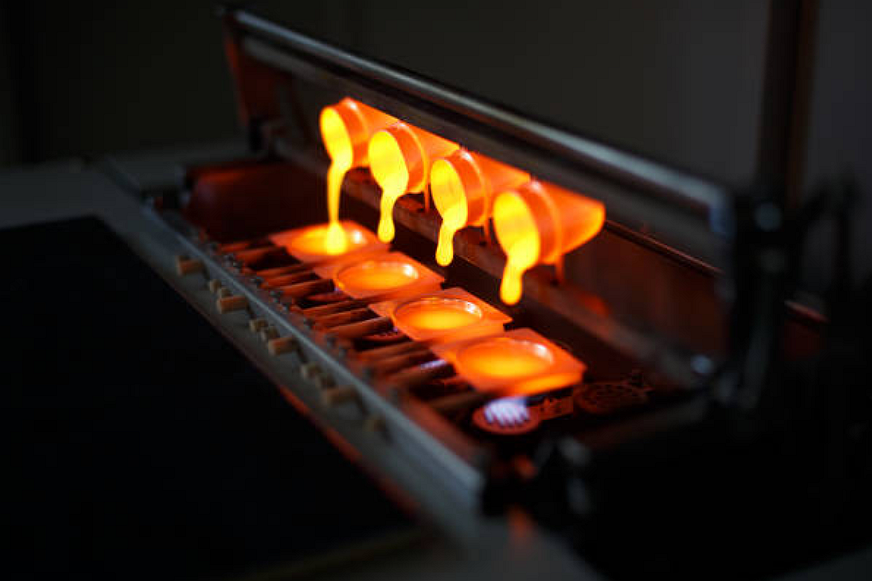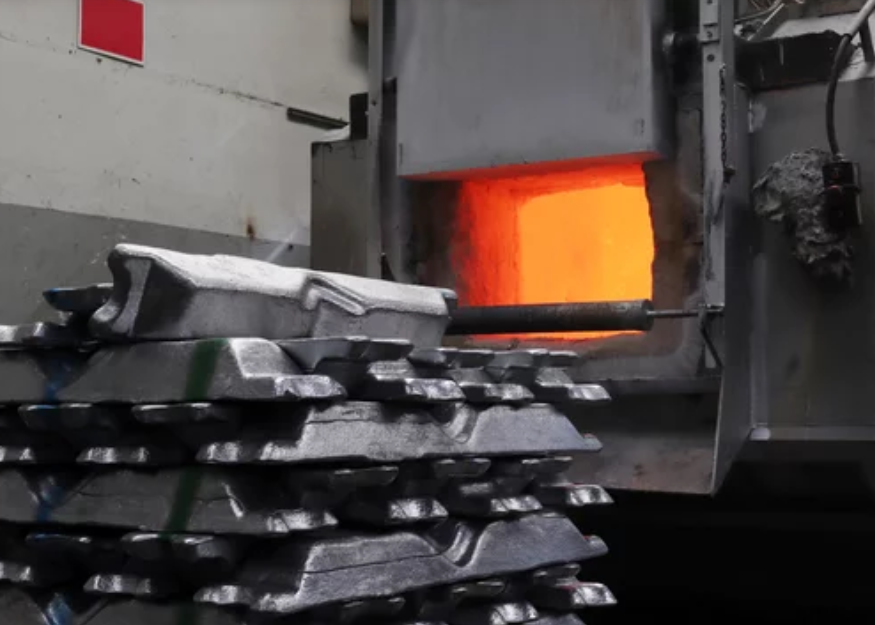Are there limitations to the surface finish that can be achieved with investment casting?
Introduction
Investment casting is widely valued for its ability to produce near-net-shape parts with intricate geometries and fine details. However, despite its precision, there are inherent limitations to the surface finishes that can be achieved due to factors like mold material, alloy composition, and post-treatment processes. Understanding these boundaries enables engineers to select suitable surface treatments that meet both functional and aesthetic requirements across various industries.
Mold and Pattern-Related Constraints
The first limitation arises from the quality of the wax pattern and the ceramic shell. Any imperfection in these steps—such as air bubbles, inclusions, or surface roughness—will be directly reflected in the final casting. Even with advanced slurry coatings, achieving an ultra-smooth texture comparable to machined surfaces is challenging. Fine polishing can improve appearance, but dimensional precision may suffer if overdone.
Alloy Composition and Grain Structure
Different metals and alloys exhibit distinct behavior during solidification. For example, nickel-based alloys and cast stainless steel often form micro-porosity or surface microcracks, which limit the achievable smoothness. In contrast, cast aluminum and copper alloys yield finer finishes but are softer, making them susceptible to deformation during polishing or tumbling. The alloy’s grain structure, shrinkage behavior, and oxide formation all affect achievable surface uniformity.
Complexity of Geometry
Highly intricate parts, such as turbine blades or medical implants, often contain deep cavities or thin walls that restrict access to mechanical or chemical finishing. In these cases, techniques like electropolishing or passivation are used selectively. However, achieving consistent results across hidden or curved surfaces remains difficult.
Limitations in Surface Roughness
The as-cast surface roughness for investment-cast components typically ranges between Ra 1.6 and 6.3 μm. To achieve finer finishes, secondary treatments such as PVD coating, anodizing, or chrome plating are often applied. These enhancements improve both appearance and wear resistance, but cannot fully eliminate subsurface irregularities inherited from the casting process.
Cost and Process Balance
Another limitation is the economic balance between surface perfection and cost. Extremely smooth finishes require multiple polishing and coating steps, which can significantly increase lead time and production expense. For many aerospace or medical device applications, functional surfaces are selectively finished, while non-critical zones remain as-cast to optimize efficiency.
Conclusion
While investment casting offers exceptional design freedom, its surface finish potential depends on material selection, part geometry, and finishing strategy. The most refined results are achieved through a combination of precise casting control and complementary post-processes such as anodizing, electropolishing, or coating. Engineers must therefore balance mechanical requirements, cost, and achievable aesthetics when specifying the final finish.



